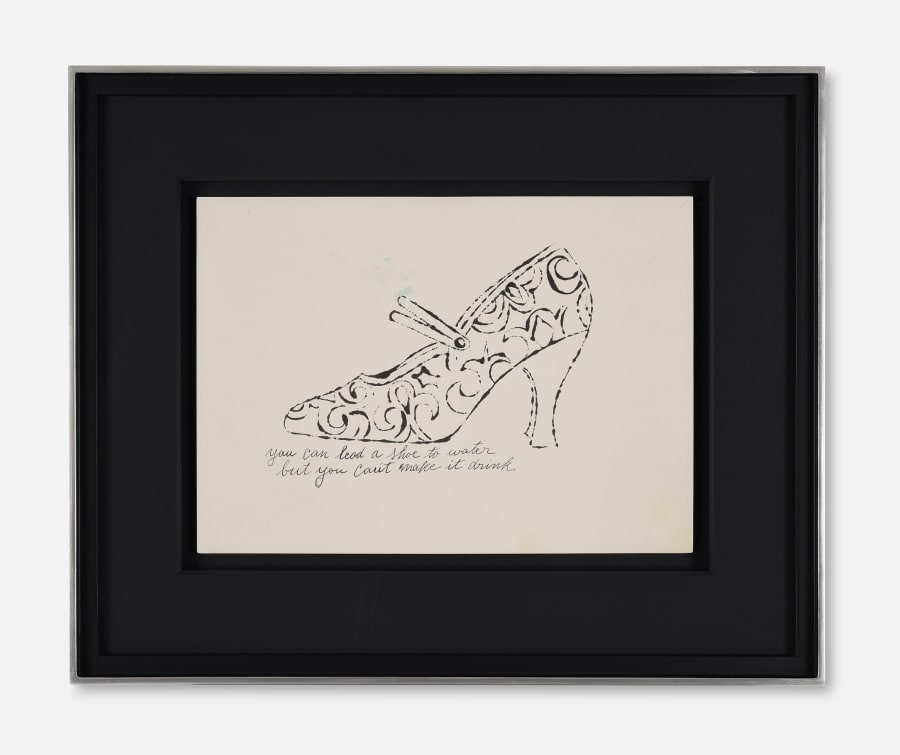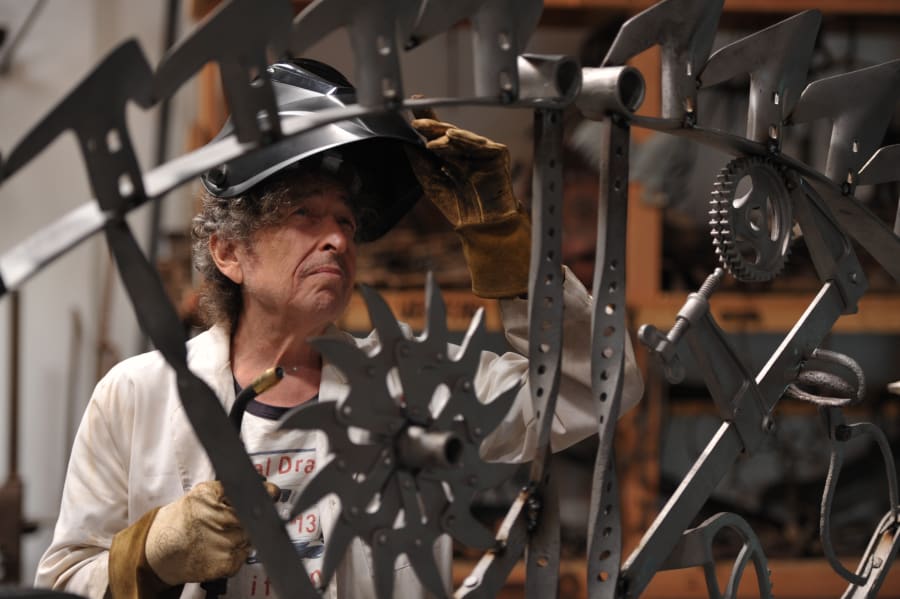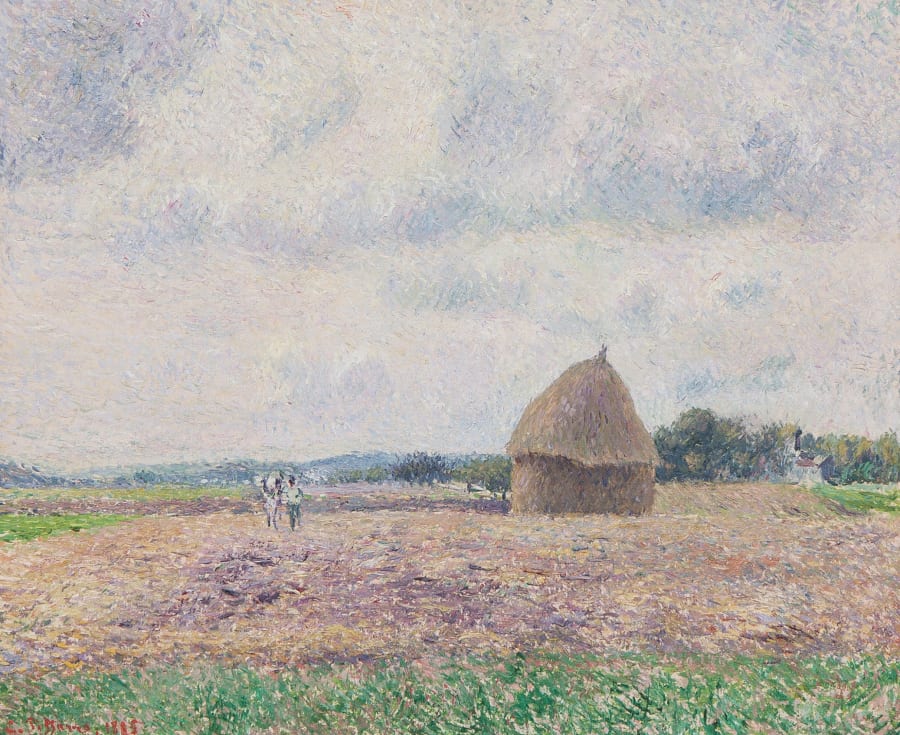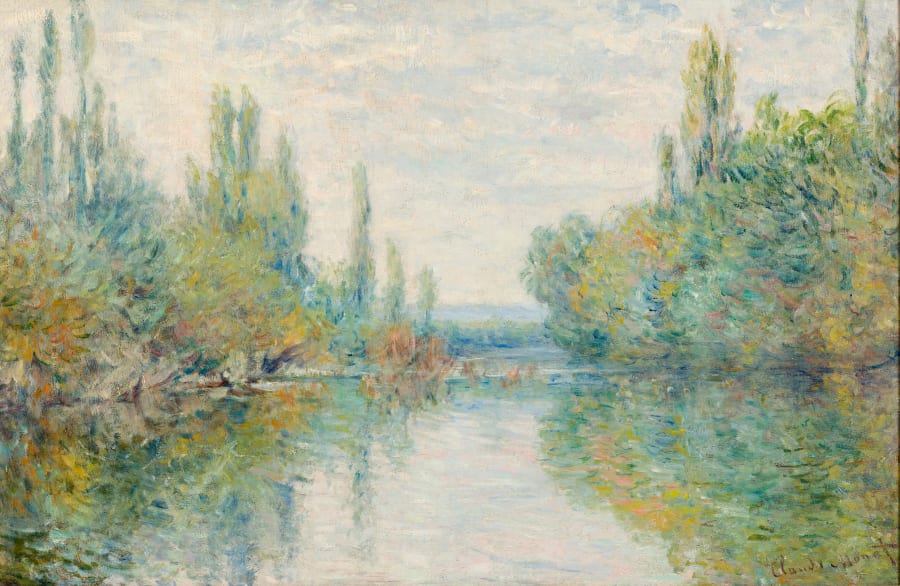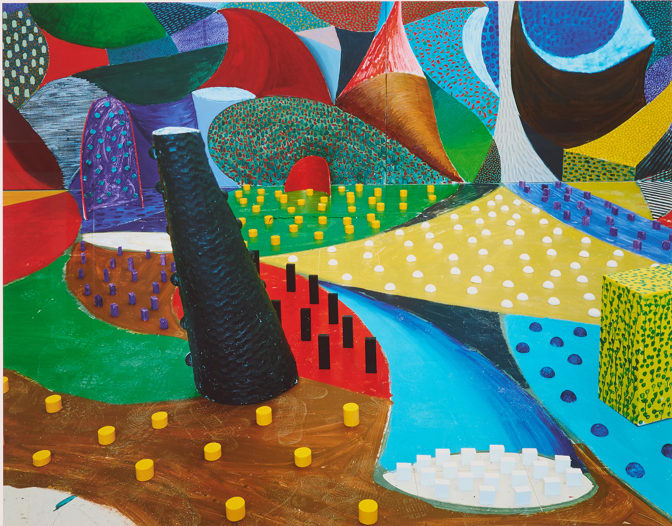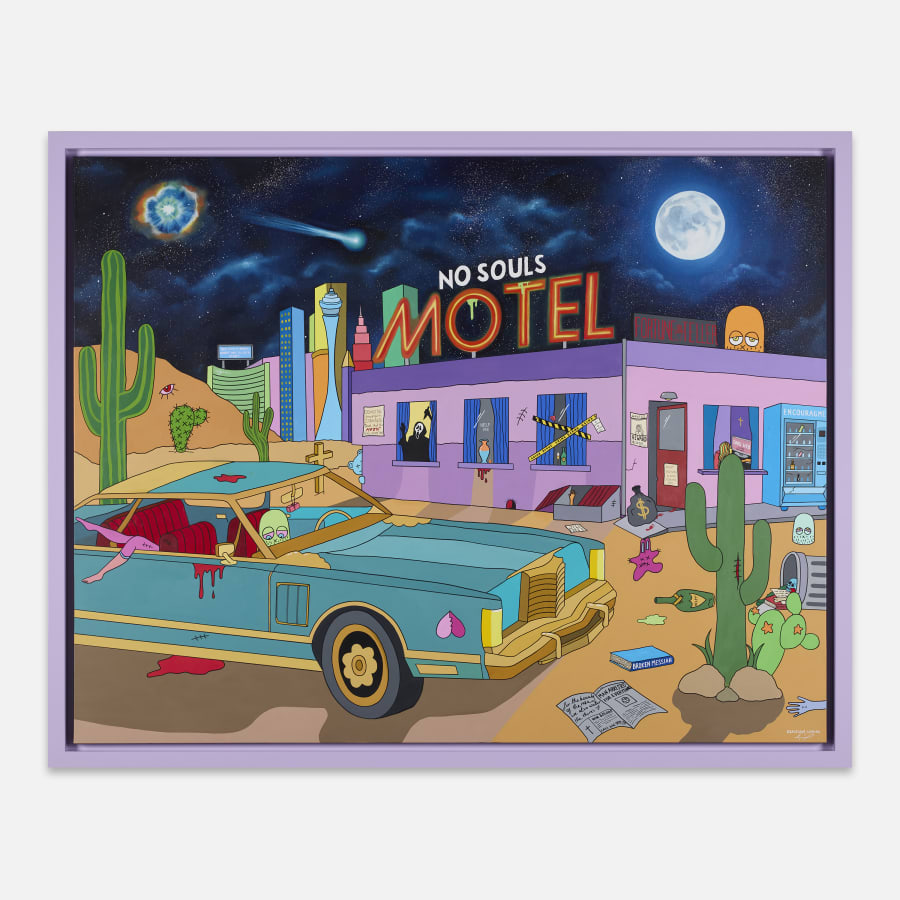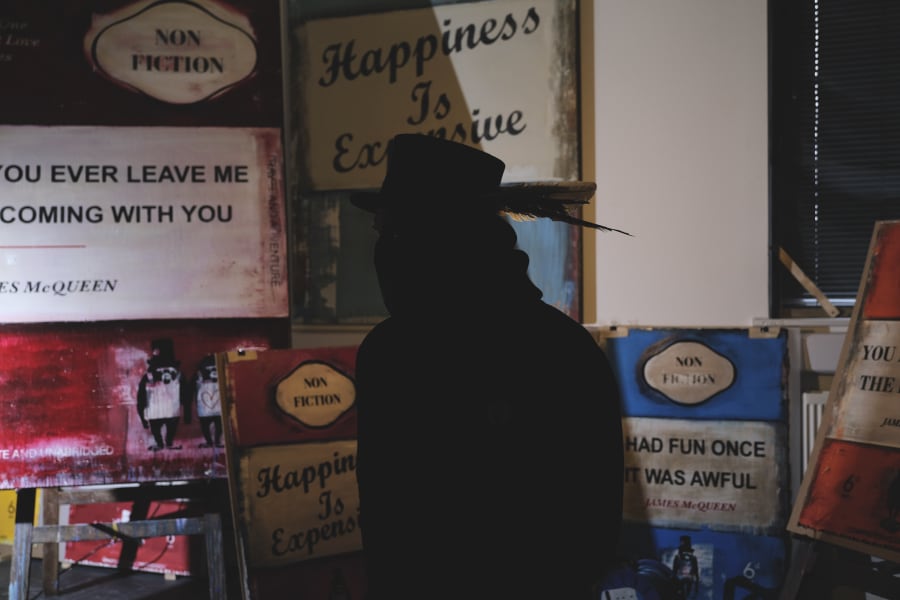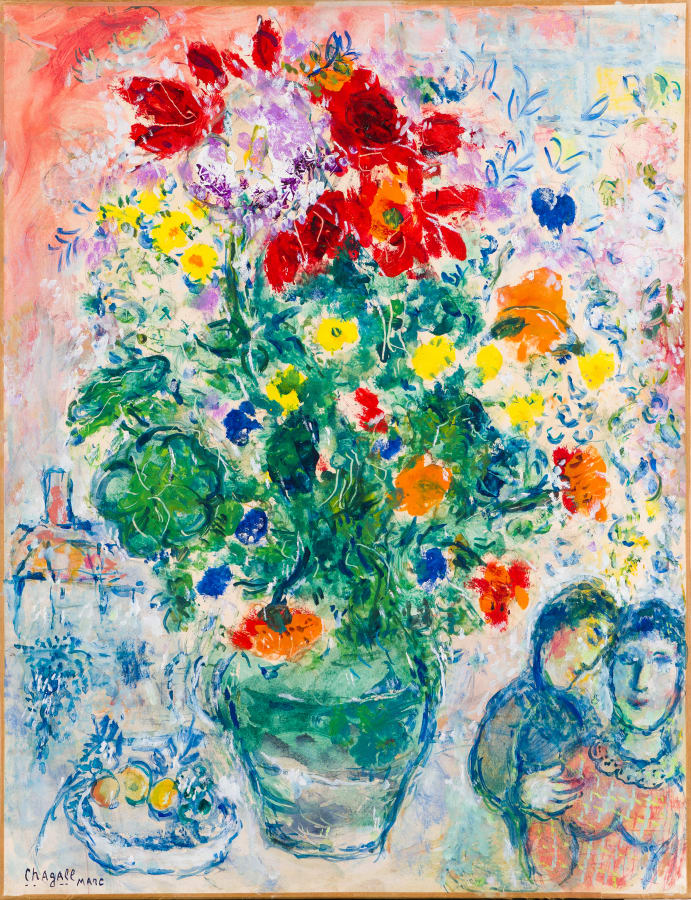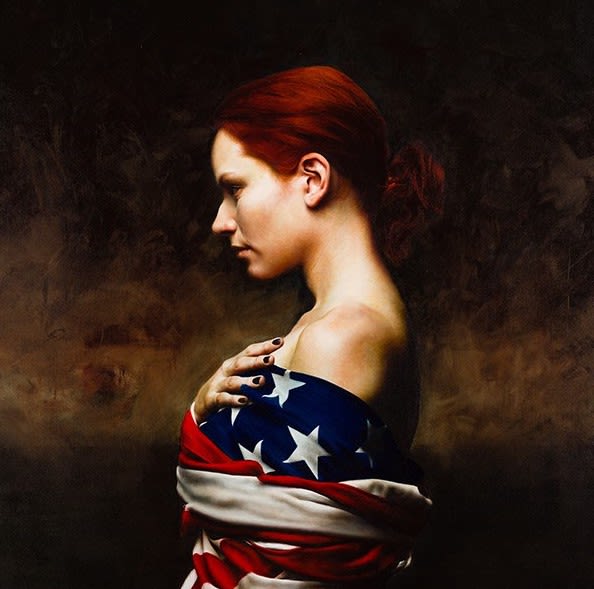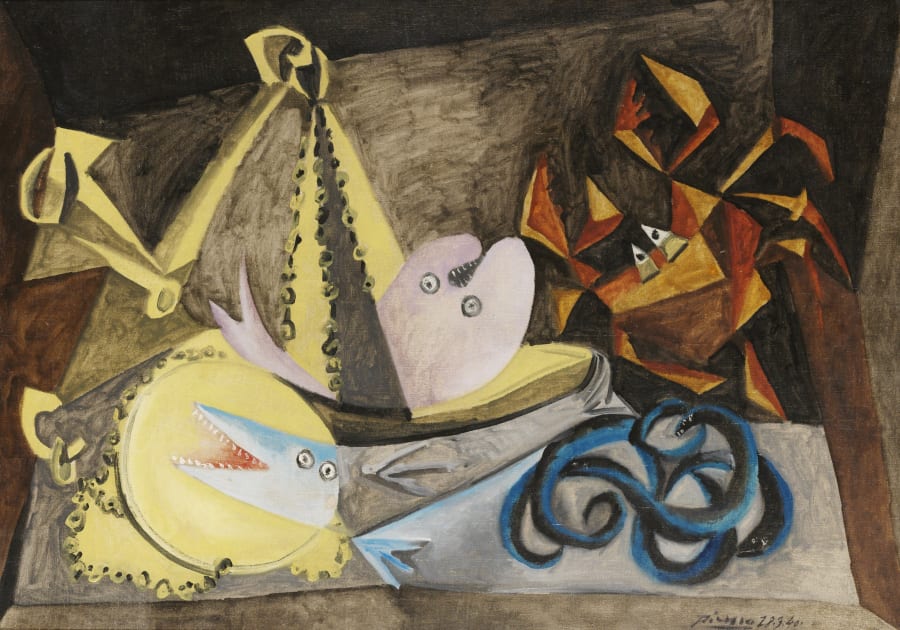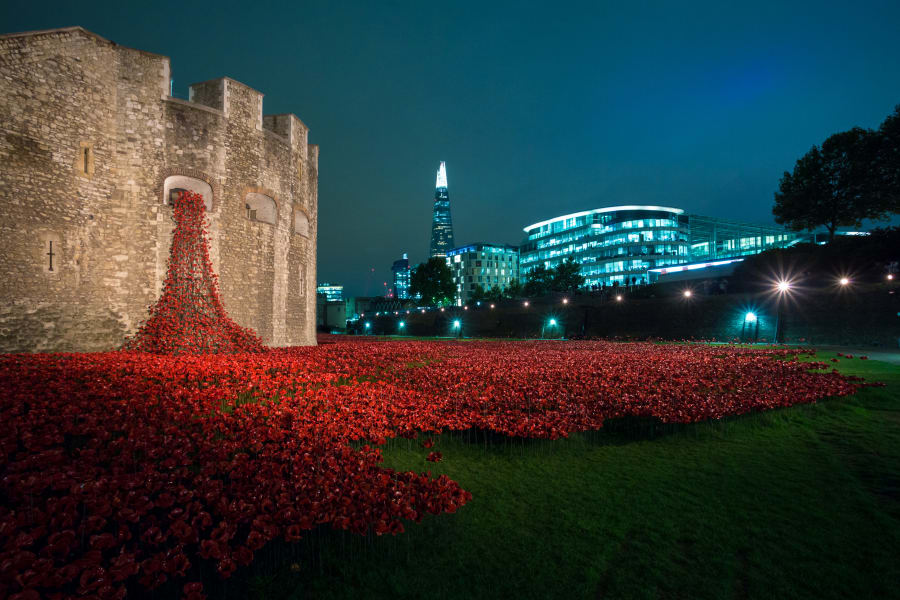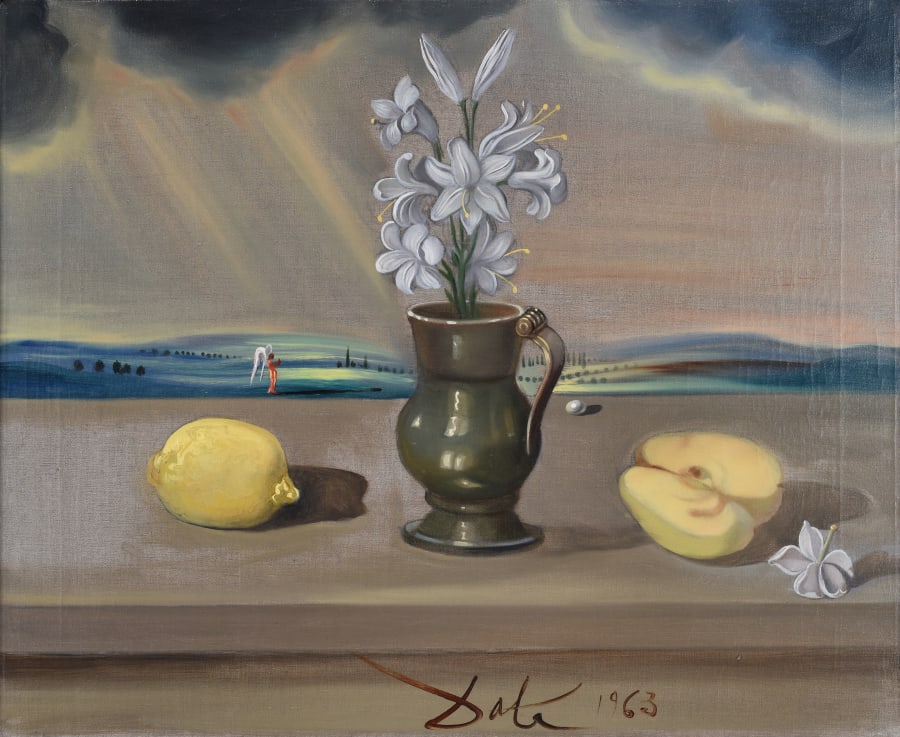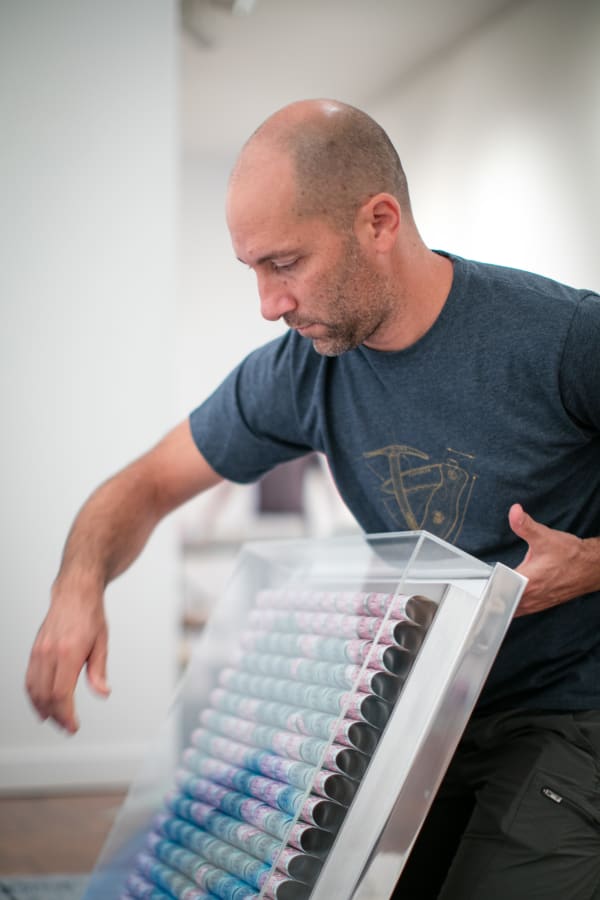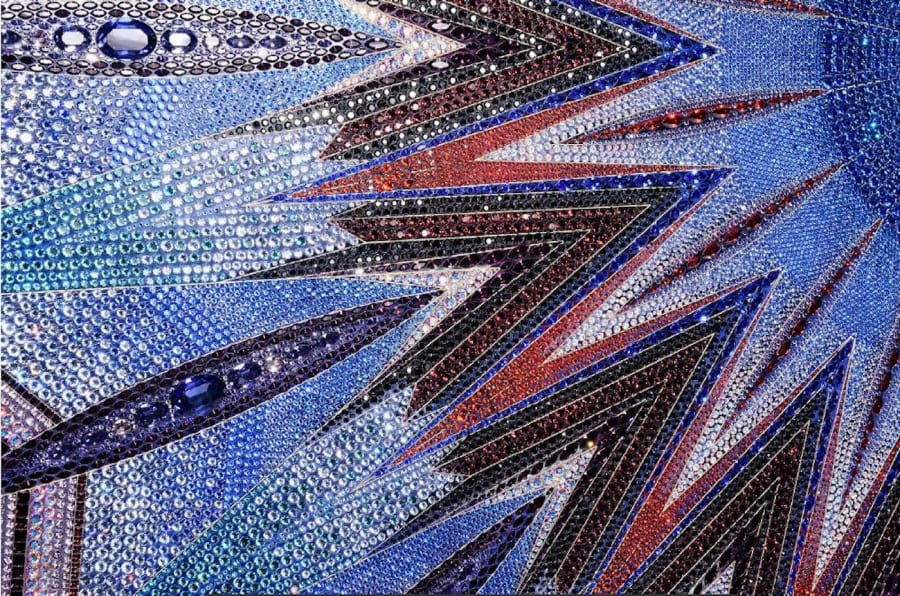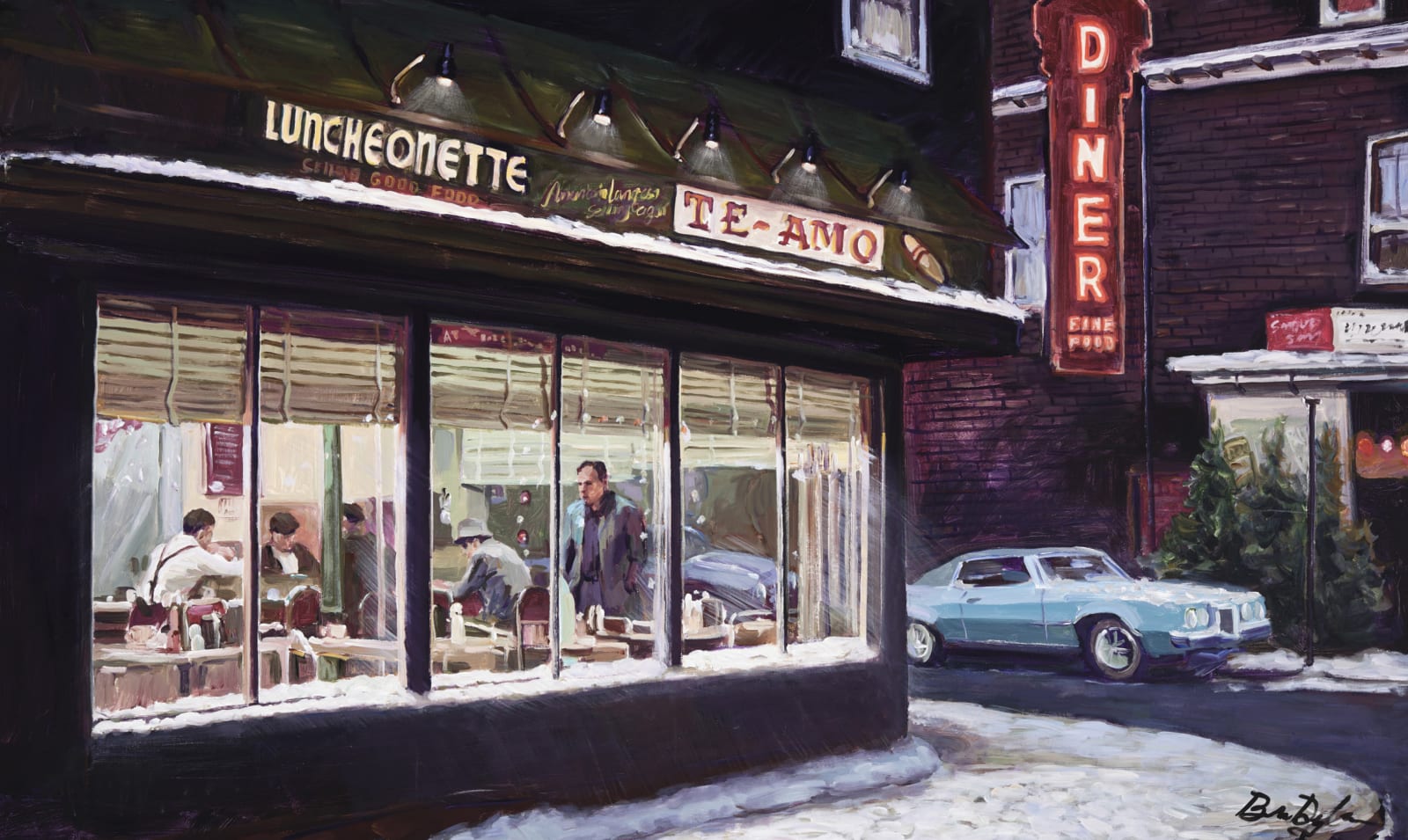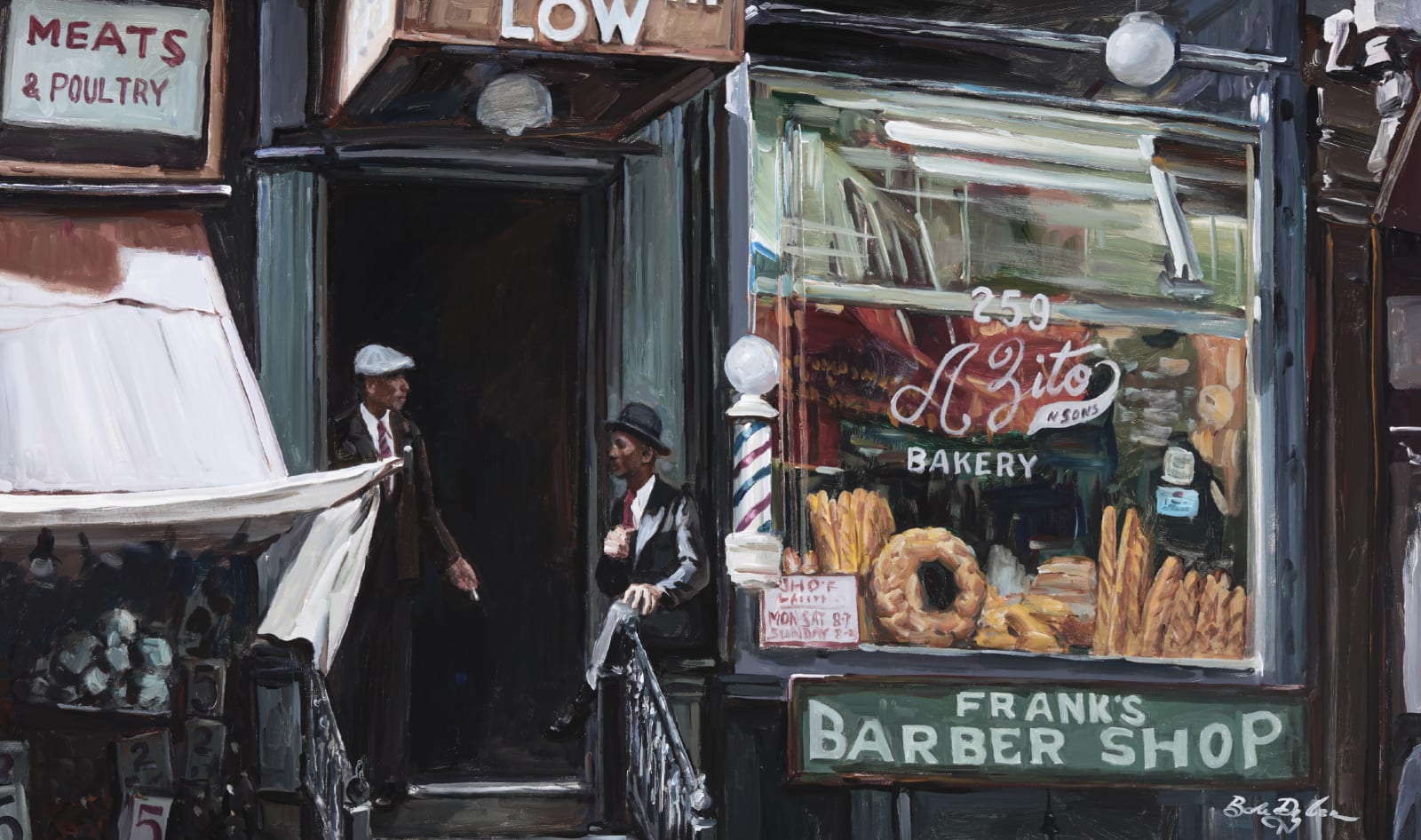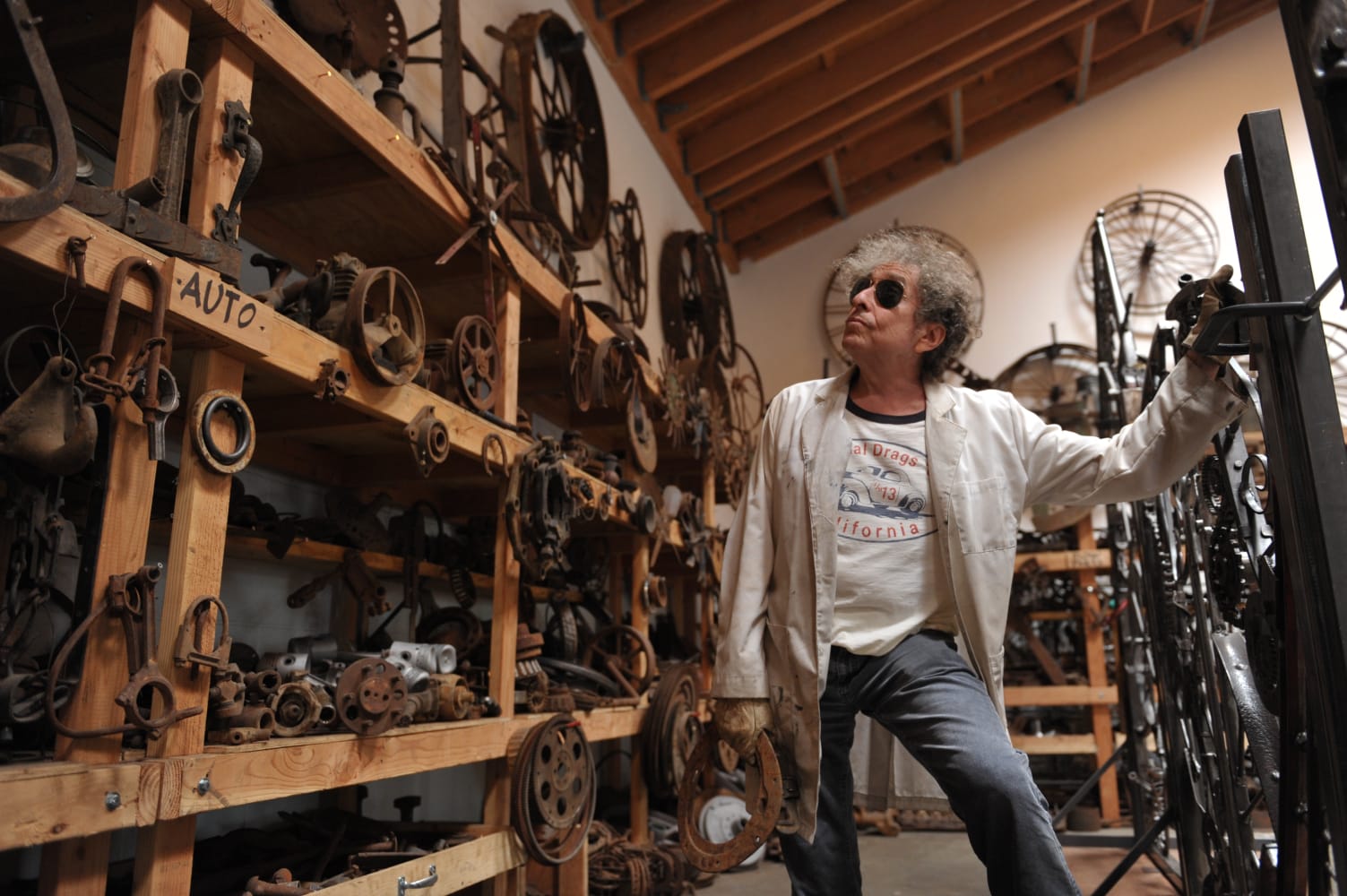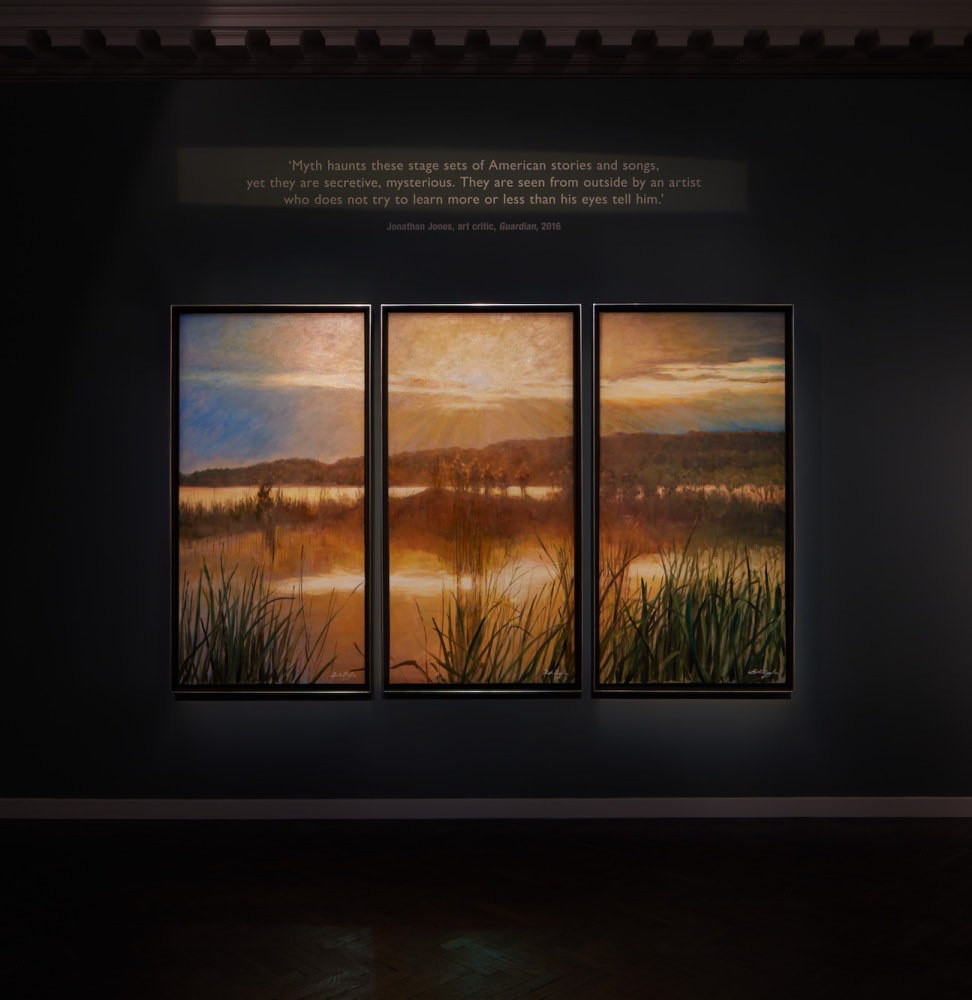

Pedro Paricio and David Hockney
David Hockney and Pedro Paricio are two artists who explore how the individual can be transformed by journeys, as well as being shaped by the legacy of painters inspired by monumental landscapes. Hockney’s migration to Los Angeles as a young artist in 1964 informed his subsequent artistic practice, with sprawling vistas and vibrant swathes of colour characterising his oeuvre. Previously inspired by Hockney’s still lifes of tulips, Paricio’s most recent works focus on his iconic landscapes of Southern California, inviting us to view them afresh.
If you are interested in adding to your collection, speak to one of our art consultants now - email us at info@halcyongallery.com
1. Experimenting with Perspective
Hockney’s landscapes are vistas seen through the window of a moving vehicle, capturing the quintessential Los Angeles driving experience. Testament to Hockney’s innovative spirit, his depictions of the Hollywood Hills are experiments with dynamic perspective. His stylistic evolution in the 1980s resulted from his renewed understanding of Cubism and his engagement with Chinese scroll painting, which provided an antidote to the static effect of single-point perspective, which he felt alienated the viewer from the composition. This in turn inspired Hockney’s Moving Focus print series, which aimed to capture the experience of looking from shifting vantage points.
Hockney’s relentless experimentation in painting and printmaking inspired subsequent generations of artists, including Paricio. The contemporary Spanish artist’s prismatic paintings contain a Hockney-esque ambition to capture the experience of looking. Paricio reinterprets Hockney’s Californian panoramas using his unique visual vocabulary: colourful designs are his signature motif, filling familiar silhouettes and landscapes with geometric patterns. The artist encourages the viewer to participate in the act of creation, completing details with the mind’s eye: ‘What I want is that you finish completing the work,’ Paricio explains, ‘It is like a kind of trio, me, the painting and you.’





